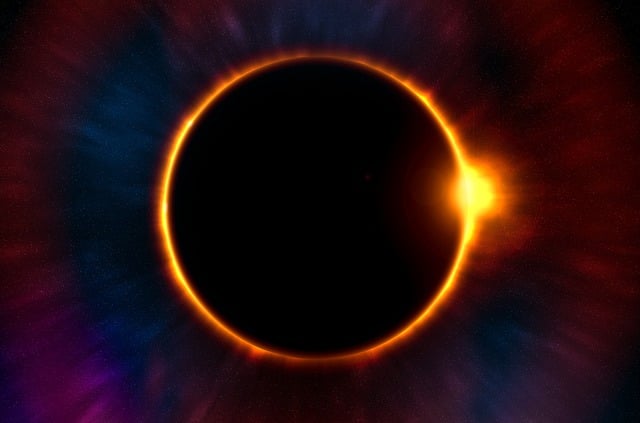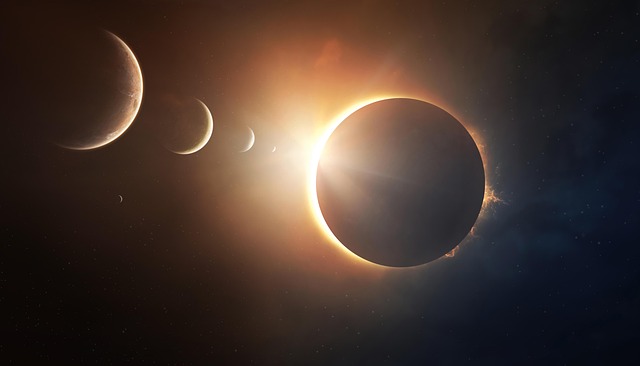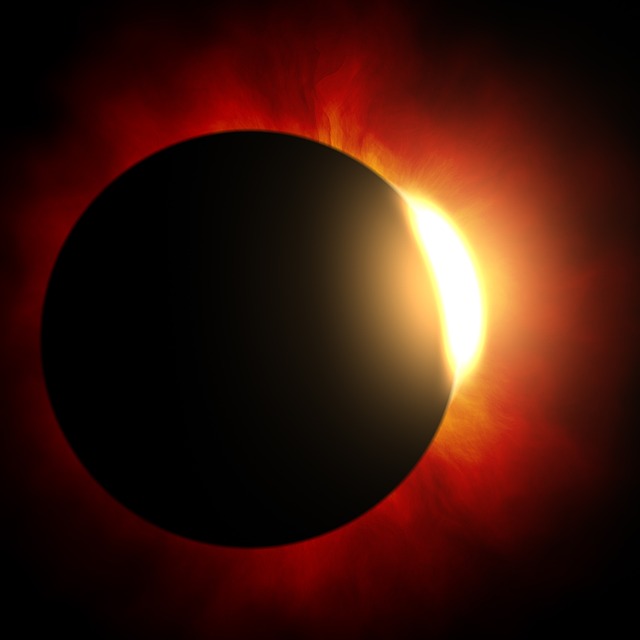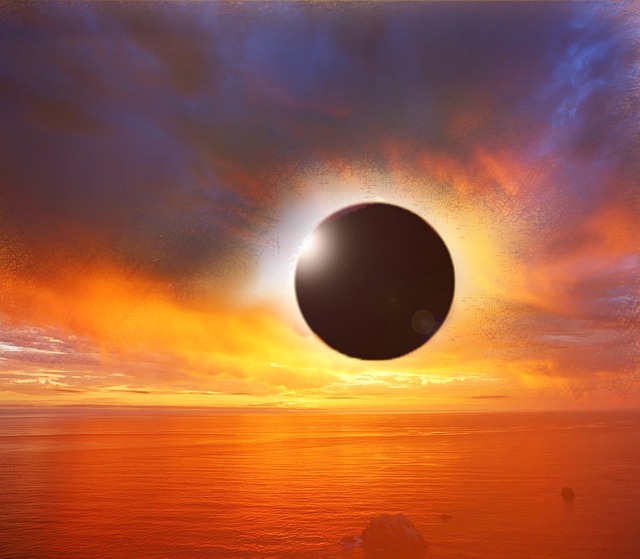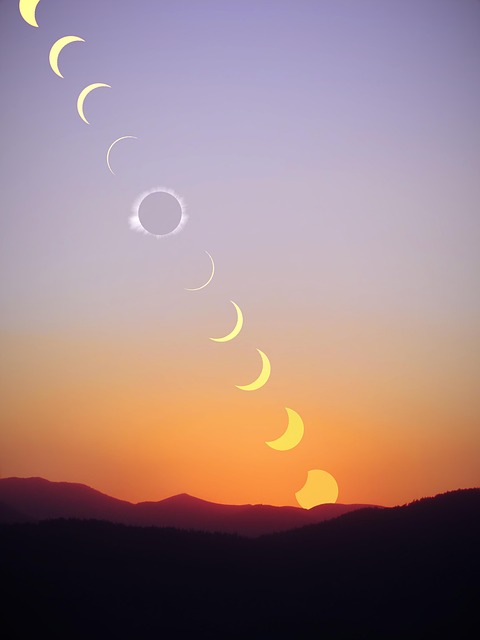On 12 August 2026, a total solar eclipse will cross parts of the Earth, beginning at sunrise in northern Siberia. The path of totality will sweep over the Arctic Ocean, passing close to the North Pole, and continue along Greenland’s north-eastern coast. The spectacle will last longer for observers closer to the centre of this path, with those in western Iceland set to witness the longest total eclipse in the region for over a century.
++ Live eel removed from man’s abdomen after he complains of intense pain
The eclipse will make landfall in Spain, where much of the northern coast, including cities such as La Coruña, Bilbao, and Oviedo, will experience totality. The Balearic Islands, including Palma de Mallorca, will also fall within the path. This rare event will offer millions of people an extraordinary opportunity to witness a total eclipse, which is a phenomenon that only a small proportion of humanity has seen.
During the eclipse, the moon will gradually obscure the sun until totality is reached, briefly turning day into night. Observers will be able to see planets and stars, and features known as Baily’s beads caused by sunlight shining through lunar valleys. Although eclipses are predictable, clear skies are crucial, and weather conditions can impact visibility. In Spain, traffic and accommodation demand are expected to surge as people flock to prime viewing spots.
++ Reform UK faces scrutiny over vetting failures as MP resigns amid loan allegations
For the best experience, Burgos and other northern Spanish cities offer favourable weather prospects. Several cruise lines will also position vessels in the path of totality, providing an alternative viewing option at sea. It is vital to use special eclipse glasses to protect your eyes, except during the brief totality phase. Partial eclipses will be visible in much of northwest Europe, but only a total eclipse provides the full celestial spectacle.
